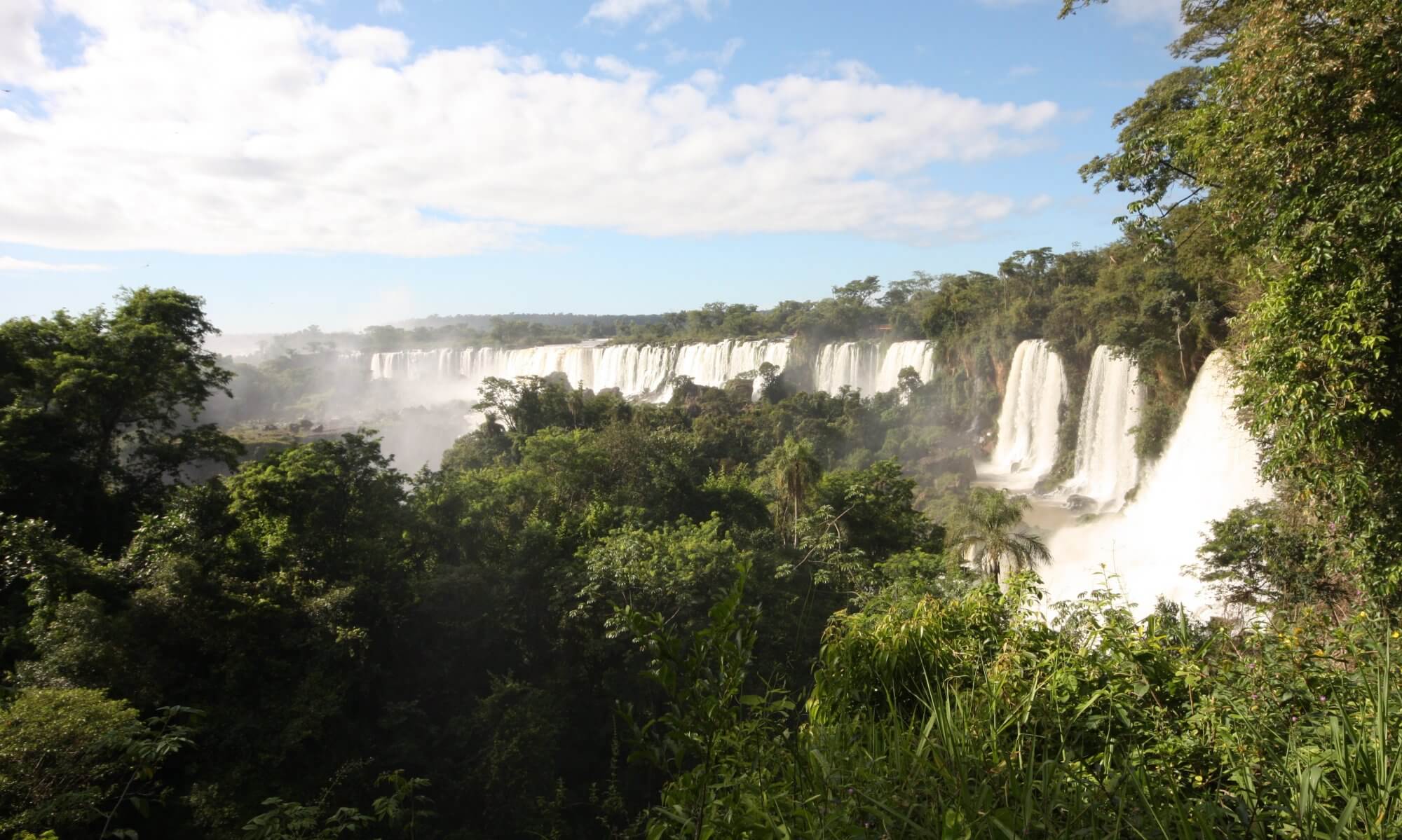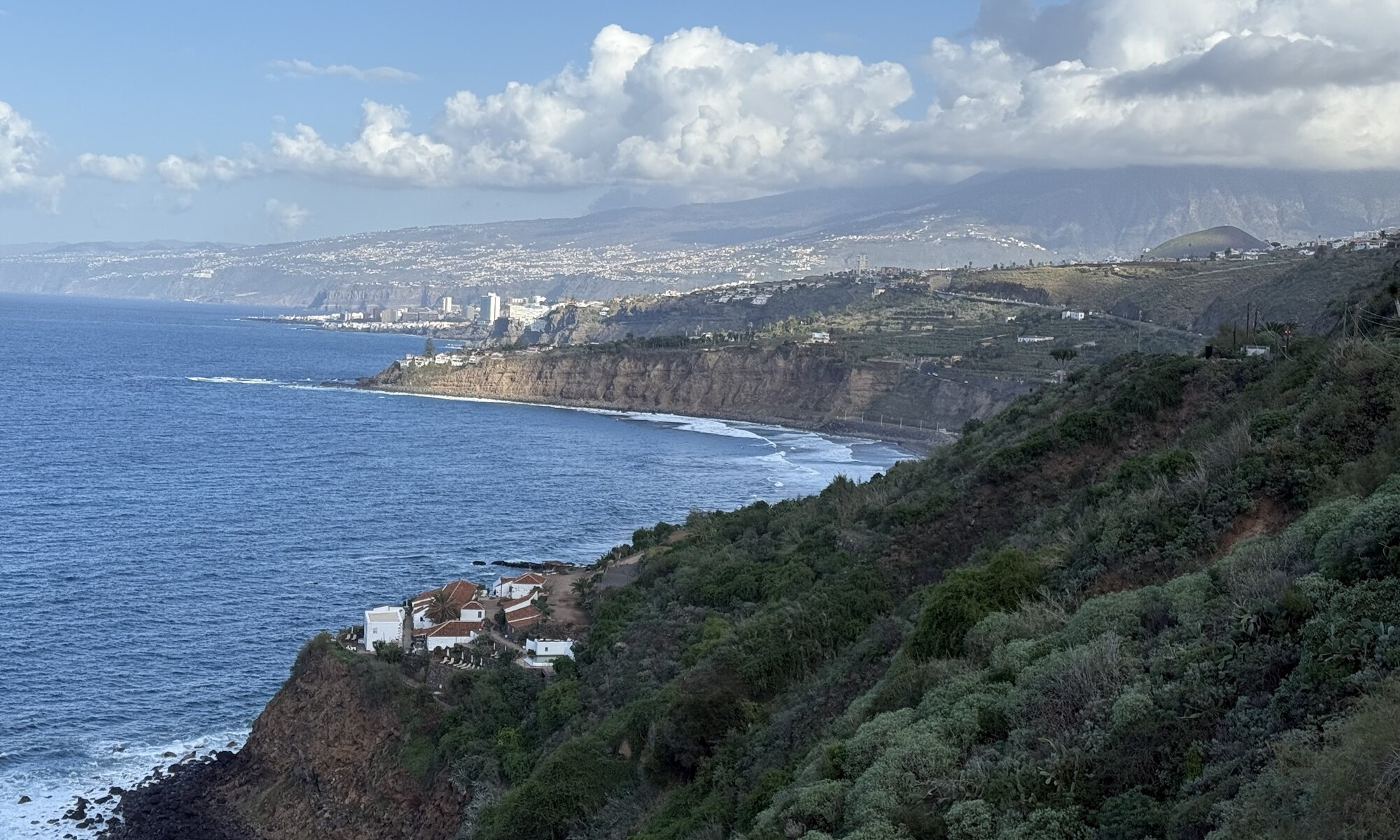It was a rather spontaneous decision to spend the end of the year on Tenerife, enjoying the warmer weather in contrast to central Europe. Tenerife is the largest of the Islas Canarias located in the Atlantic ocean close to Western Sahara and Morocco. The island has the shape of a tilted Y and was formed 12 million years ago by volcanic activities. First human traces can be dated back to the 10th century BC; interaction with European cultures started in the 14th century CE followed by a colonisation by the Spanish after massive fights with the indigenious people.
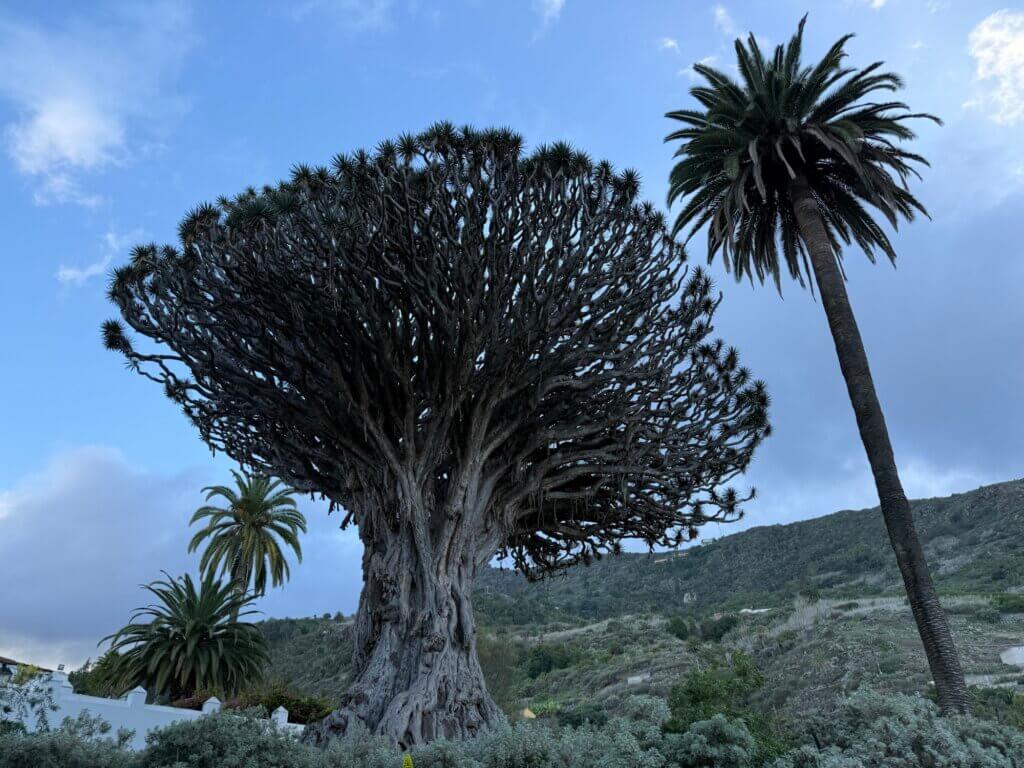
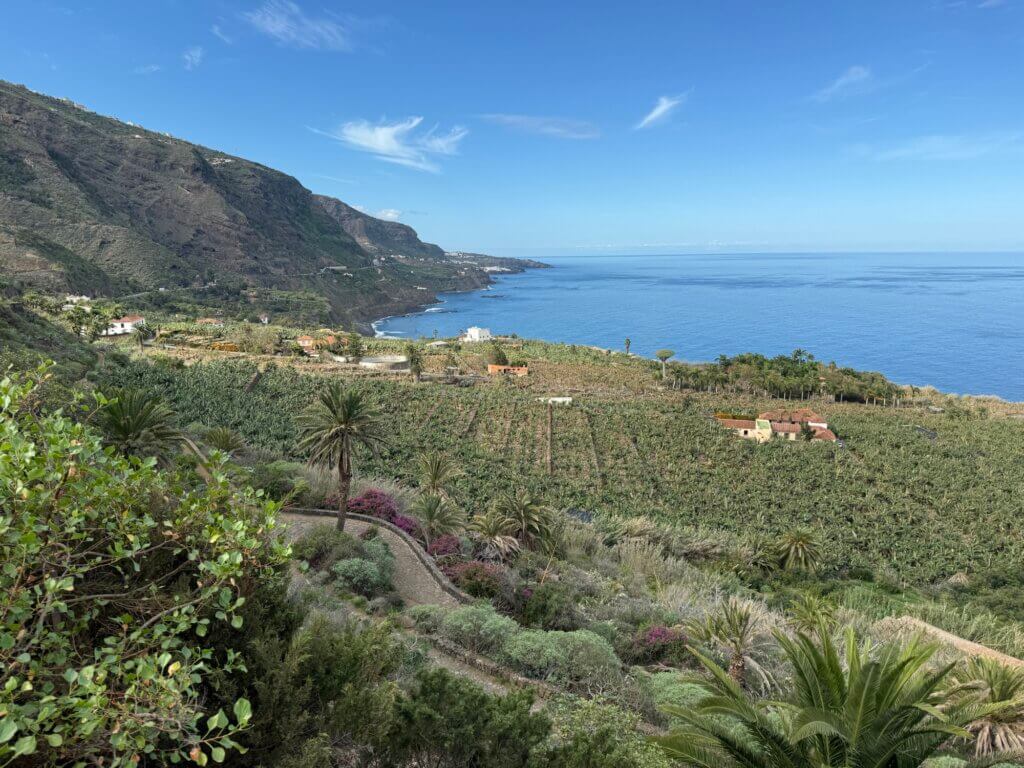
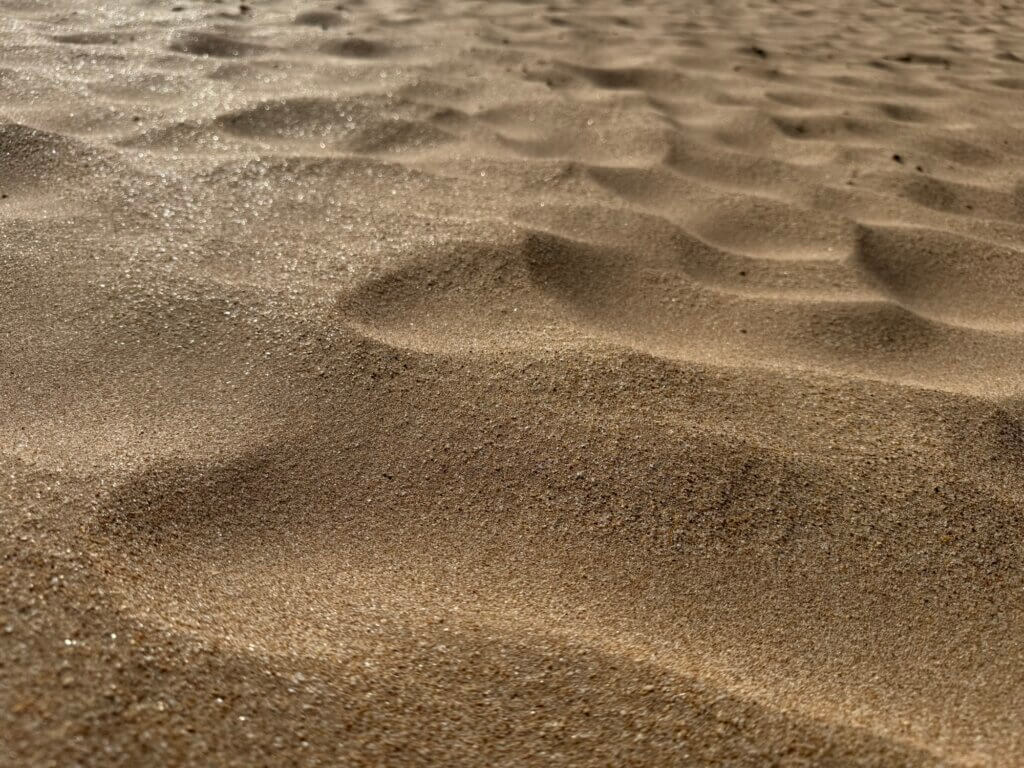
The Canary Islands today still belong to Spain but are defined as an autonomous region resulting in more local control and drastically reduced taxes. Center piece of the island is the mountain Teide which is in fact the highest mountain of Spain (3715 meters high), always covered in snow. Tenerife has a coastline of 360 kilometers, but only 24 kilometers out of that are beaches; some with white sand, most with black volcanic sand. The island also has a place in history as it was the starting point for the Spanish civil war. The Spanish Republic had sent Francisco Franco to the island far far away because of his massive opposition. But even from there he was able to mobilize the military and take over control after a long time of bloodshed.
Apart from its beaches, Tenerife as a beloved tourist location also offers some smaller museums, large water parks and a zoological garden. You can discover lava caves, the famous drago milenario, the pyramids of Güímar, the lost place Sanatorio de Abades, laurel forests in the Anaga mountains or different historic city centers like at La Orotava or La Laguna (a UNESCO world heritage site). A big highlight is for sure the Teide mountain which you can reach by cable car. But you can also have a look at the auditorio designed by Santiago Calatrava or spot whales and dolphins in the ocean.
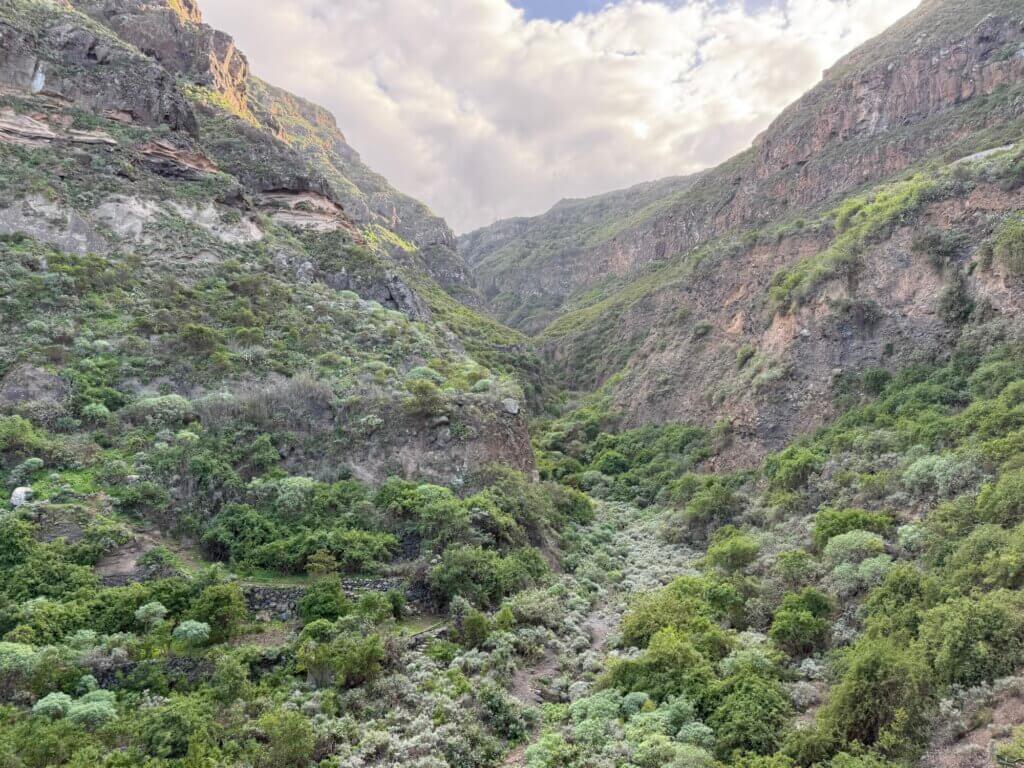
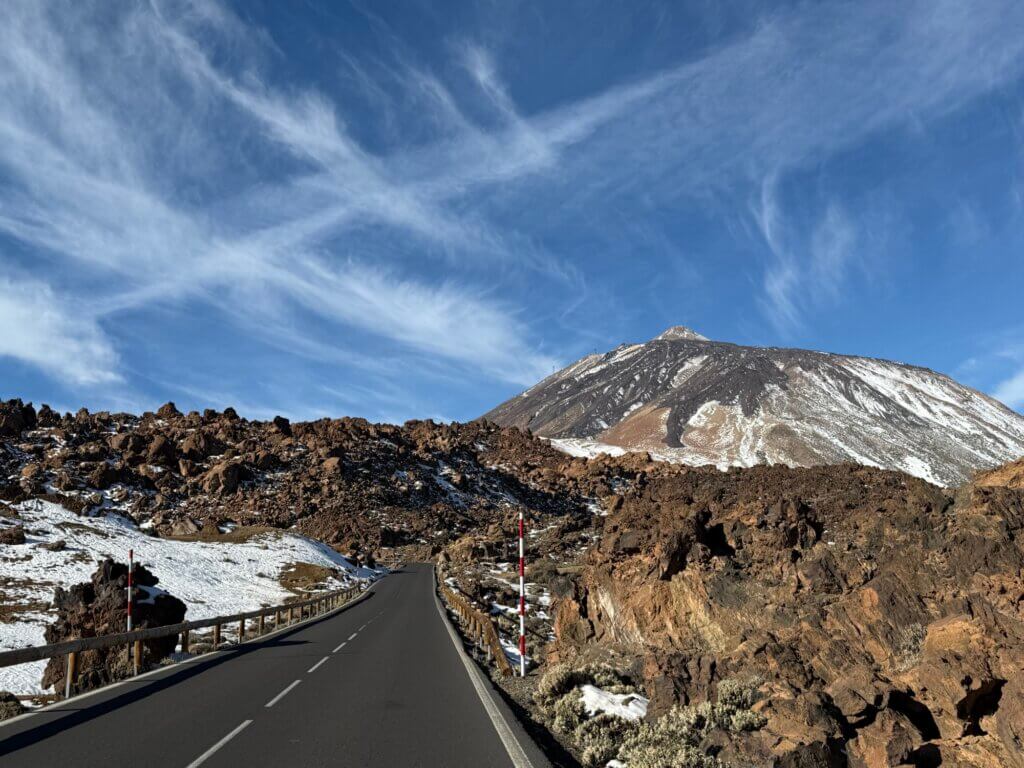
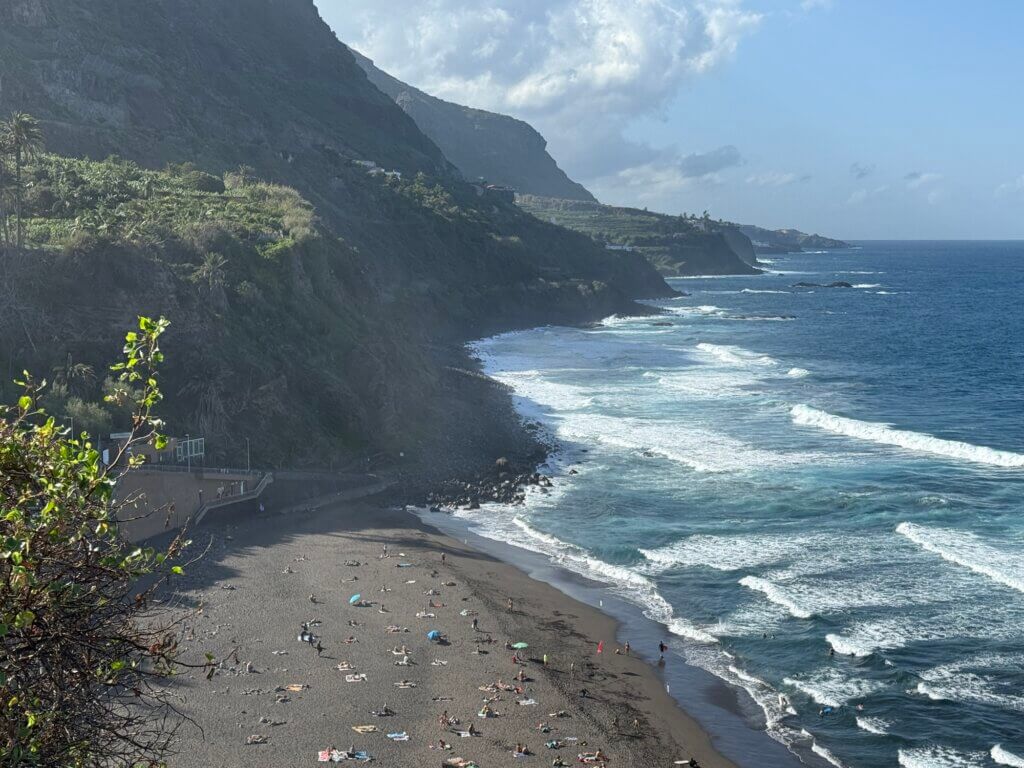
When it comes to temperatures, Tenerife is a pretty good winter location with 20 degrees Celsius around Christmas and New Year’s Eve. While the northern coast of the island is more green, the southern coast is typically warmer. We had a finca up in the mountains close to Icod de los Vinos in the north and you can calculate that every 100 meters of elevation the temperature drops one degree. Between 10am and 4pm we always had bright sunshine and much welcomed warmth; during the evenings and nights electric heaters had to do their job. But it was still much better than the -3 degrees Celsius back at home.
Tenerife
Islas Canarias
Macaronesia
Africa
Spain
Loading map...

